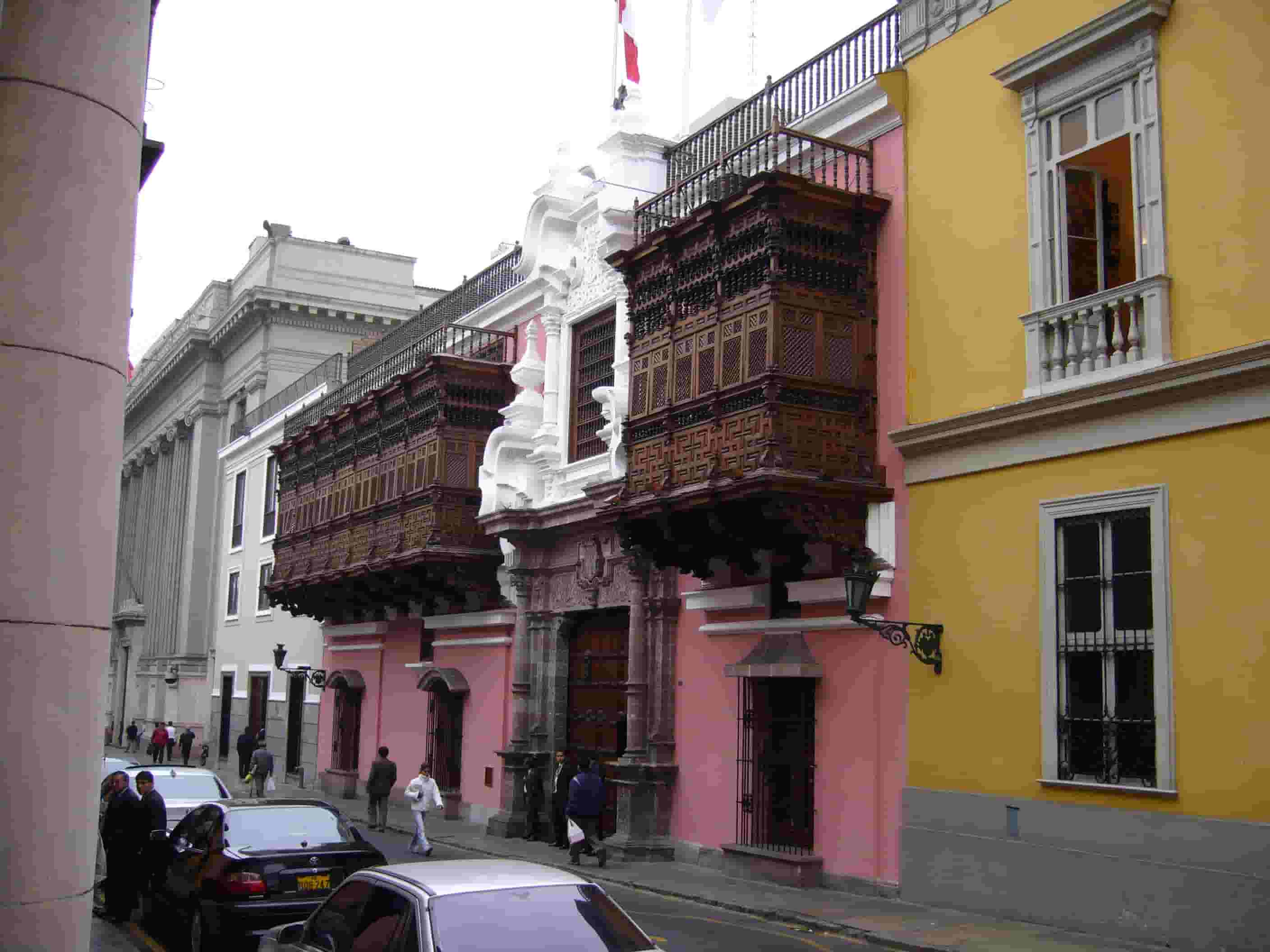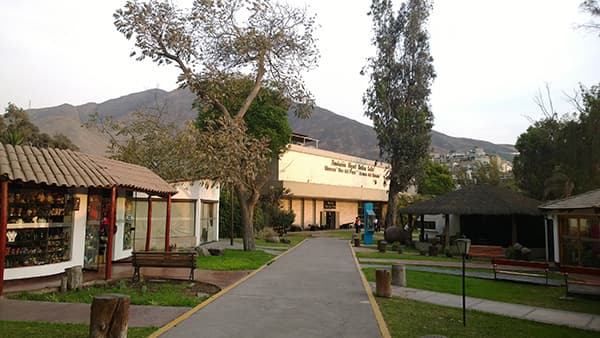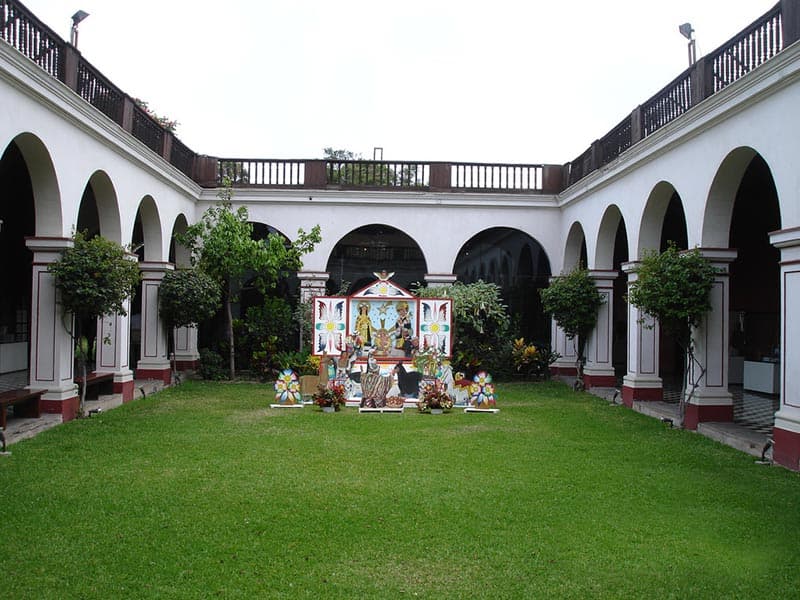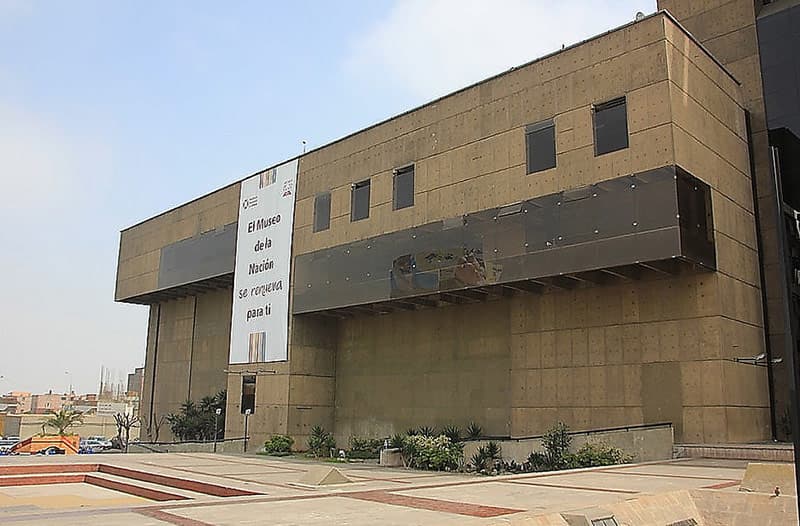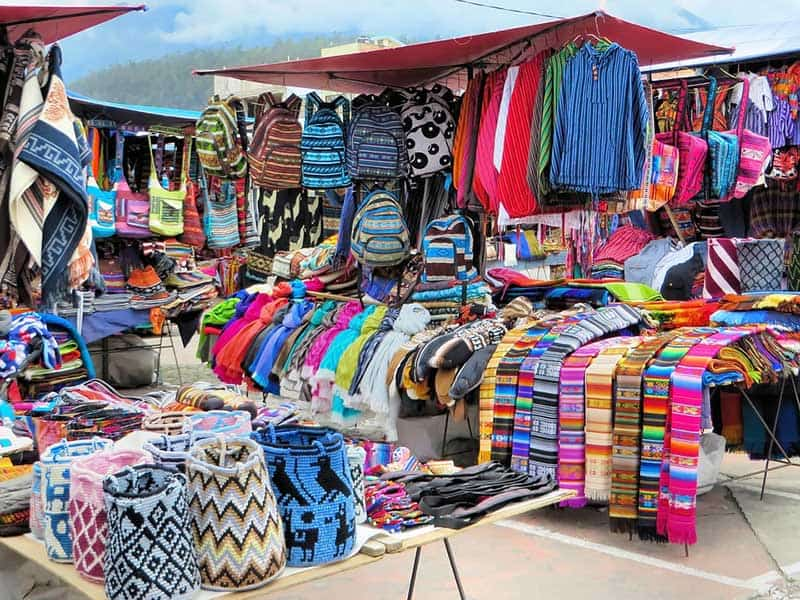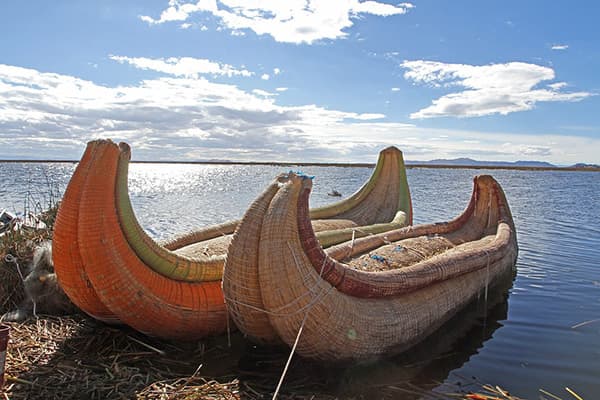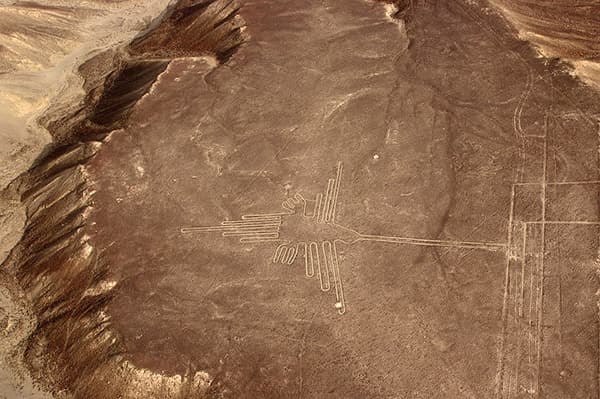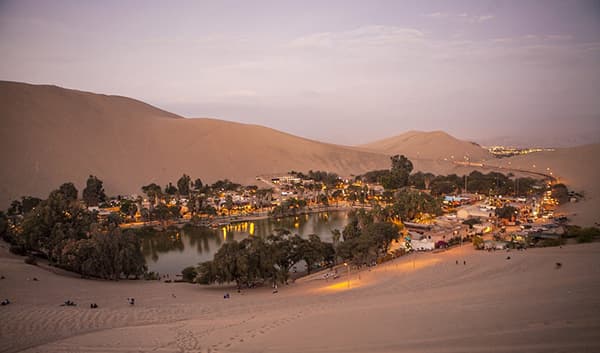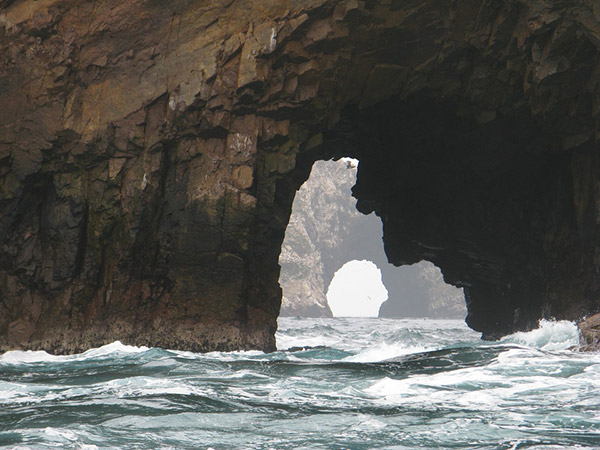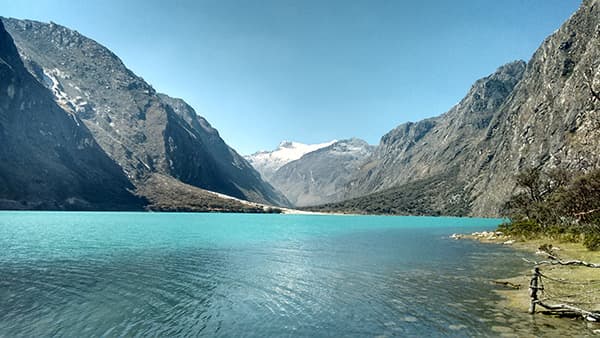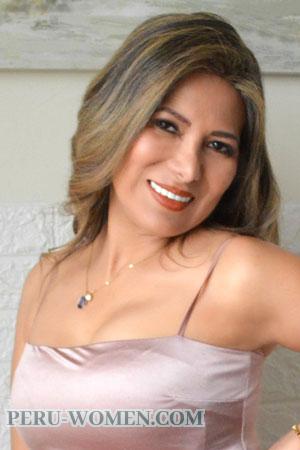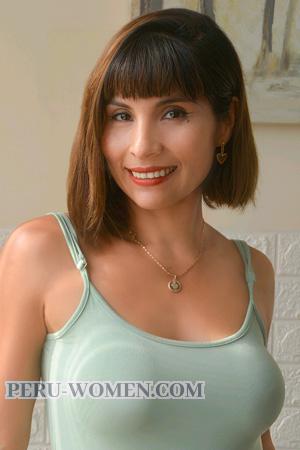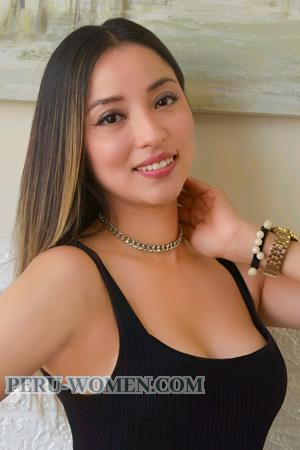Guide to Peru Tourism: Why Travel to Peru?
 Travel Peru now and get invigorated with the tourist destinations of the country.
Travel Peru now and get invigorated with the tourist destinations of the country.
For Peru, its historical background and profound culture makes them famous in the Americas. Its their substantial history that allures tourists to continue visiting the country. The ancient ruins that can be found in the vicinity of Cusco, the important places in Lima which were the witnesses of the most relevant events of the old Peru, makes the country your purest and laid back zone for your escapades.
Let us discover more about the meaningful and allusive tourism in Peru. Before going in depth to the major tourist destinations of the nation, why don’t we explore the famed cuisines, restaurants, holidays, and festivals of the country.
Peruvian Cuisine
Peruvian food is determined by the geography of the country, its climate and the customs of their people.
There are several regions with completely different climates. This allows for several different typical dishes depending on the region where people live.
Due to its proximity to the Equator, Peru should have a very hot tropical climate. In reality the climate is defined by a big mountain chain, The Andes, which starts a couple of hundred kilometers in the south of Peru and ends a few kilometers north of Peru. The Andes divides the country into three geographical regions: the Coast (next to the ocean, where the capital Lima is located), the Highlands or Andes (where the old capital Cusco is located), and the Amazon Basin (which occupies more than half of Peru).
 Take into account the Peruvian cuisine, your other reason to travel Peru.
Take into account the Peruvian cuisine, your other reason to travel Peru.
The majority of the ingredients found in every Peruvian dishes are rice, potatoes, chicken, pork, lamb, and fish. Most of these meals also include one of the different kinds of "aji" or peruvian hot pepper. These peppers are generally the yellow aji pepper, the red aji pepper, and the red rocoto pepper. There are also many other aji that are commonly used, but have names that are untranslatable.
Most of these kinds of peppers are difficult to find in any other country, so it is very difficult to exactly reproduce most of the typical dishes in the the same way.
Many of the ingredients used in typical dishes (like chicken, pork, and lamb) were introduced to Peru 500 years ago, when the Spaniards came to the Americas. Other ingredients, like potatoes (which is maybe the best known Peruvian food worldwide) were found by the Spaniards in the Peruvian Andes and carried back to Europe. There are maybe 5 very common kinds of potatoes found in everyday Peruvian dishes. Among them are the white and pink potatoes, due to their facility to grow in most kinds of weather.
Seafood (Cevicherias)
When a Peruvian goes to a restaurant during lunch time or in a special situation (someone's birthday, for example), they primarily go to "Cevicherias". This kind of restaurant serves all kinds of seafood. The most traditional meal in Peru is the Ceviche. This is a cold dish, which mainly consists of pieces of raw fish cooked in the juice of lemons. It is always served with onions, camote (one kind of sweet peruvian potato) and, of course, the peruvian aji pepper.
Comida Criolla (Typical peruvian dishes)
Although most of the daily dishes Peruvians eat are easy to prepare, there are also lots of dishes that require several hours to preparare. In this case, these dishes are mostly prepared in restaurants and not in Peruvian homes (at least not on weekdays).
The Criolla food can be found in at least 5 different kind of restaurants, each representing the typical food of the people who live in certain regions. Each dish has a different taste, flavor, and contains different ingredients.
Potato history
The earliest discovered remains of potatoes date to 400 B.C. They were found at archaeological sites at Chiripa, on the shores of Lake Titicaca, in the city of Puno, in the east of Peru, next to the border with Bolivia. After its discovery by Spanish conquistadors, the potato was taken to Europe.
However, the potato's acceptance in Europe was not met with open arms. Because the potato was not mentioned in the Bible, the clergy deemed them unfit for the human diet. Spanish records show that it entered Seville in 1570 and was used to feed hospital patients in 1573. It then traveled to Italy, Germany, and into the Orient. Later a royal Swedish edict compelled Swedes to grow the crop. It took nearly two centuries, following the potato's introduction from South America, before it really achieved common acceptance.
 Know some of the Peruvian food, supporting facts of the Peru tourism.
Know some of the Peruvian food, supporting facts of the Peru tourism.
Bill Pitzer and Earle Holland wrote in the New York Times; Peru is the world's potato capital. Two-thirds of the world's potato crops originated in Europe, but the production there cannot compare with the diversity of tubers found in this South American country. They range in color from purple to blue and from yellow to brown. Sizes and textures vary as well. Some are small as nuts; others can be as large as an orange. The taste of different potatoes varies broadly, thus explaining why these vegetables are used in all kind of dishes from appetizers to desserts.
Restaurants and Typical Food
Lima's menus offer a wide variety of dishes from all parts of the world as well as the more select dishes of Peruvian cuisine, amongst the best in the world.
Whoever comes to Lima cannot leave without trying its "criollo" (traditional) food; particularly its many dishes based on fish and shellfish, which magnificently combine flavors and aromas beyond imagining. Ceviche, raw fish marinated in lemon juice and seasoned with chili, is the most representative of all Peruvian seafood dishes. Other favorites are the "jalea" (deep fried mixed fish and shellfish) and "tiradito", (strips of fish marinated in lemon juice, similar to ceviche) and "coctel de camarones" (shrimp cocktail).
Other jewels of "Criollo" food are Lomo Saltado (stir fried pork and vegetables), Carapulcra (a type of potato and meat stew), Arroz Con Pato (duck cooked with rice), Cau Cau (tripe and vegetable stew) and Anticuchos (barbecued pieces of meat, chicken or fish on a skewer). Desserts such as Arroz Con Leche (rice pudding), Mazamorra Morada (a purple coloured jelly), Suspiros a la Limena (a sticky sweet classic pudding), Picarones (deep fried pumpkin and sweet potato doughnuts eaten dipped in sugar cane syrup) and Turron de Dona Pepa (a multi coloured cake). All these dishes are delicious enough to satisfy even the most demanding of tastes.
In Lima you will find excellent restaurants specializing in Chinese food; better known in Peru as 'Chifas'. Chinese cuisine, which reached the City of the Kings with the first Asians who came to work in the haciendas close to the capital during the last century, has mixed in many cases with Peruvian cuisine, to create unique dishes such as Arroz Chaufa (stir fried rice).
 Know some of the holidays and festivals of the country, one of the main branches of the Peru tourism.
Know some of the holidays and festivals of the country, one of the main branches of the Peru tourism.
One can also enjoy French, Italian, Japanese, Arab, and Argentinian cuisine as well as a wide variety of international dishes at excellent restaurants within the 3 to 5-star category.
Peru Holidays and Festivals
Peruvians have a variety of secular holidays. In addition, there are certain religious holidays that are celebrated regularly. This one of the sure foundation of the Peru tourism.
Each community or village has its own festival in recognition of the local patron saint. The communities celebrate their special days annually with fiestas that are often extravagant and costly to stage. The success of these fiestas requires a great deal of volunteer work on the part of community members.
Financial support comes from festival sponsors known as Mayordomos, who typically will be helped by other family members. Sometimes families even incur great debts to ensure a successful fiesta. These religious holidays are important celebrations of religious devotion, help affirm the community's identity and, on occasion, serve political purposes.












